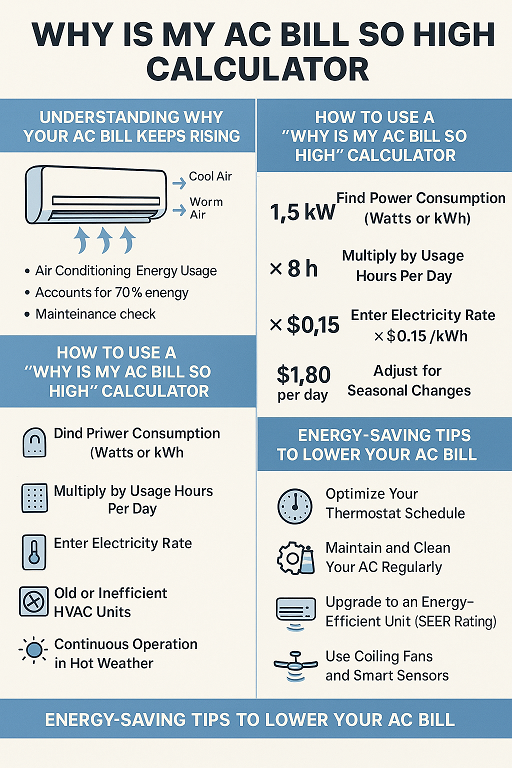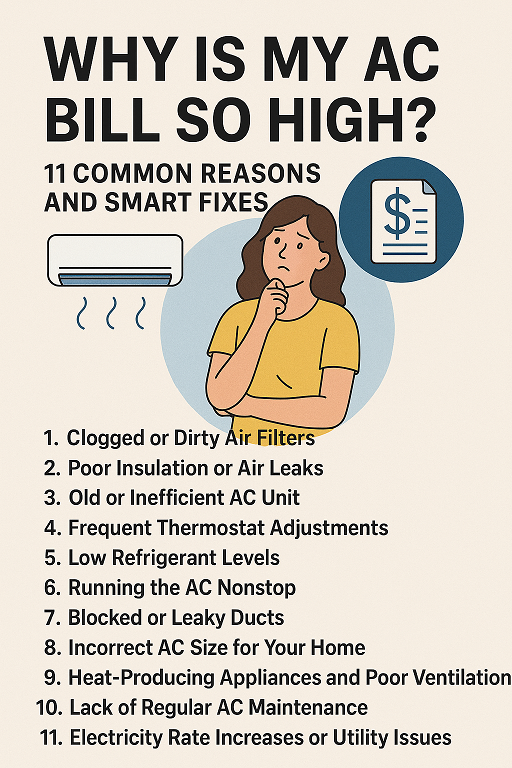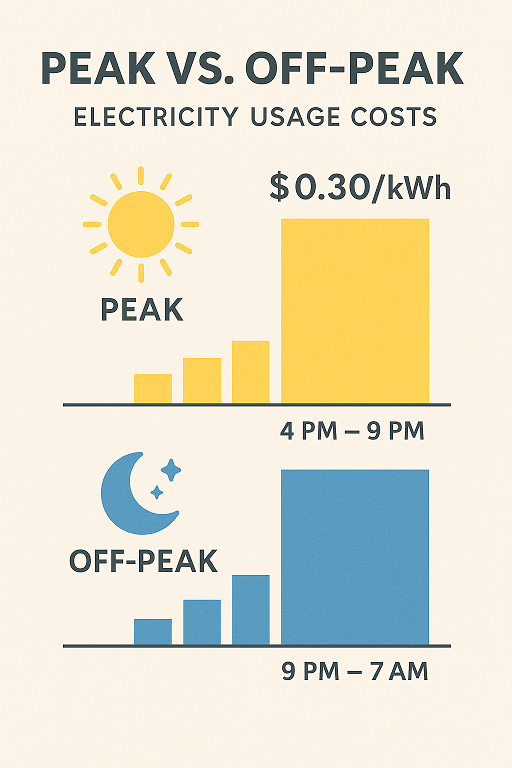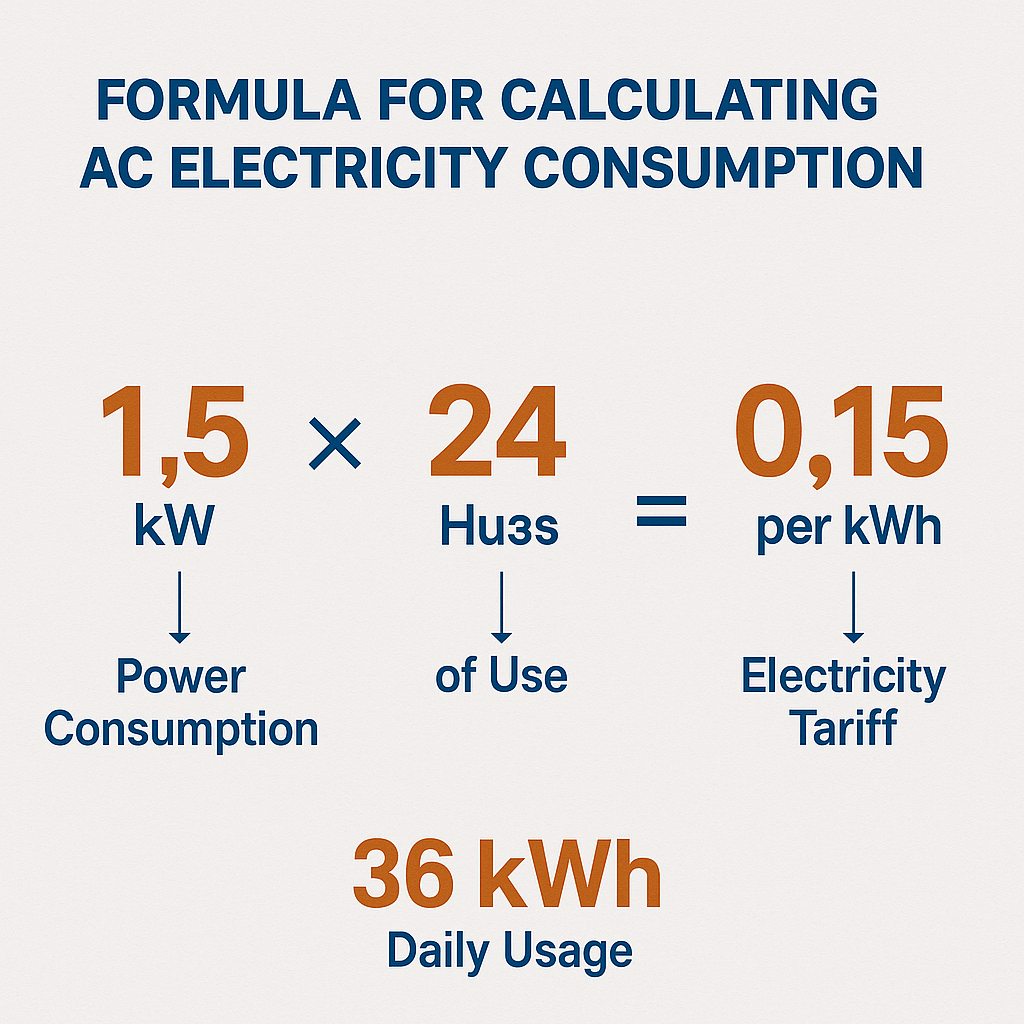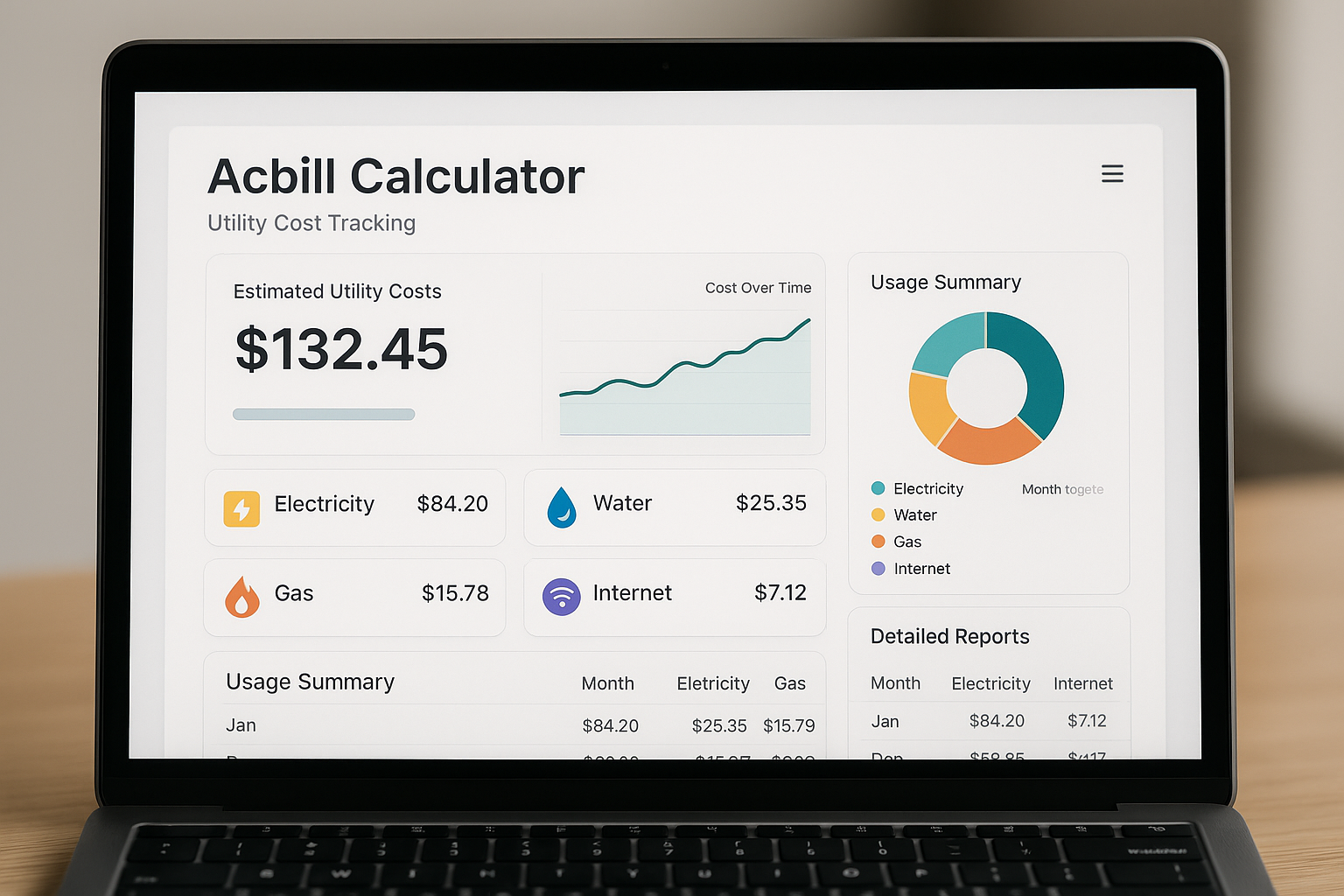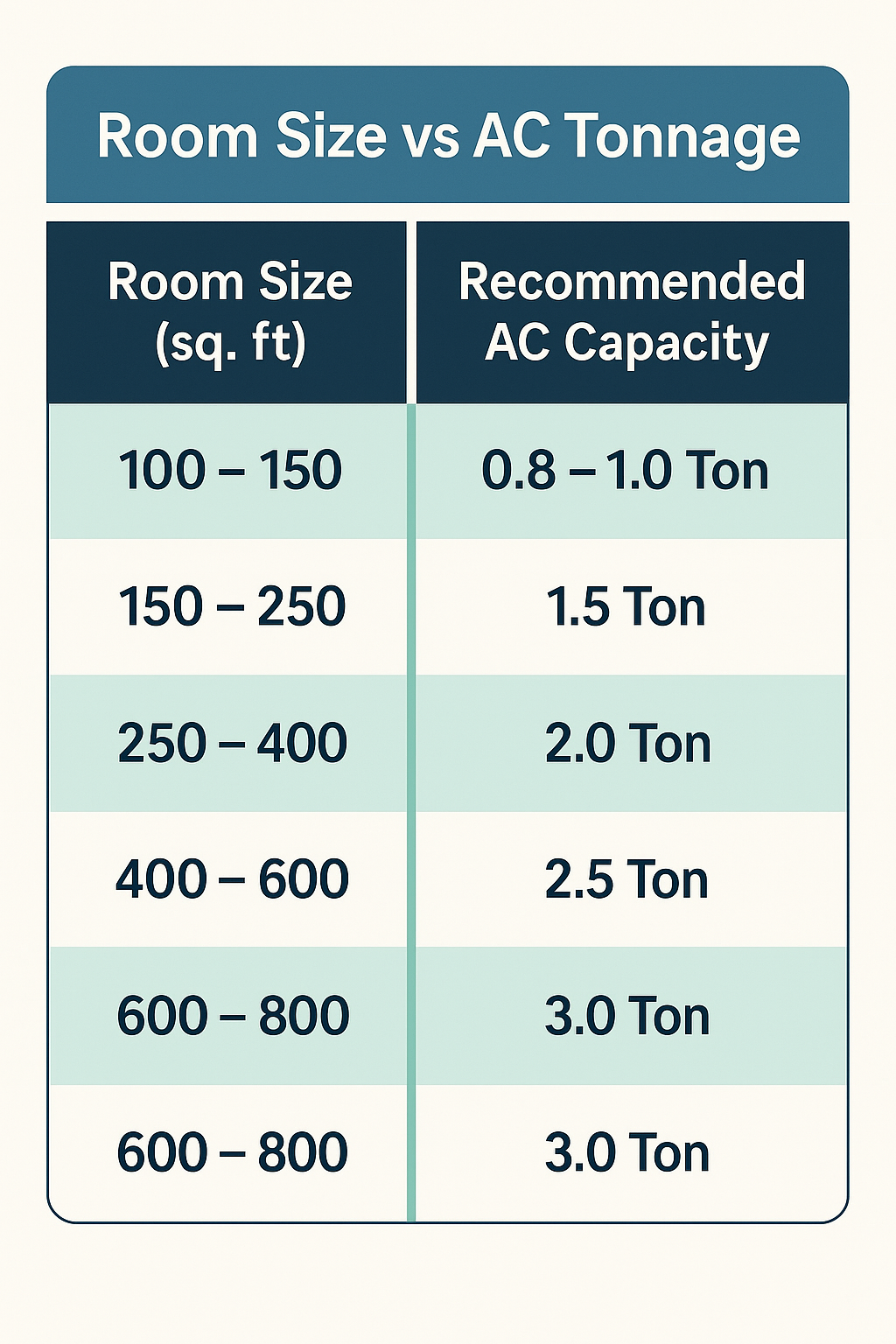
AC Load Calculator: Find the Right Capacity for Your Room Easily
AC Load Calculator: Find the Right Capacity for Your Room Easily
When it's hot in the summer and then entering a room where everything is cold, there's nothing better. But the tricky part is that it's not just a matter of getting the highest air conditioning capacity you can afford. This is where an AC load calculator can come in handy. By taking into account the size of your room, how much sunlight reaches it, the height of your ceilings, and even how many people are in your home, you can ensure that your air conditioner is working at its best efficiency without wasting electricity unnecessarily.
We will break it down step by step so that you can comfortably choose the best AC to install in your home.
What Is an AC Load Calculator and Why Do You Need It?
An AC load calculator is a program that will help you determine the optimal size of an air conditioner given the details of your room. This calculator does not guess, so its results are accurate, based on a number of factors including:
- Room area (in ft2 or m2)
- Sun heat and appliance heat.
- Number of occupants
- Local climate
Otherwise, most individuals would have either undersized ACs that can hardly cool the room or oversized ACs that inefficiently use energy and can make the room less comfortable.
How to Calculate AC Capacity Based on Room Size
Room size is always the starting-point of AC sizing. The bigger rooms will require larger tonnage ACs, whereas the smaller they are, the lower the tonnage units can operate.
Standard Room Size vs Tonnage Chart
Here’s a general guideline:
Room Size (sq. ft) | Recommended AC Capacity
100 – 150 | 0.8 – 1.0 Ton
150 – 250 | 1.5 Ton
250 – 400 | 2.0 Ton
400 – 600 | 2.5 Ton
600 – 800 | 3.0 Ton
BTU and Tonnage Explained Simply
- 1 Ton of AC = 12,000 BTUs/hr
- Power of cooling is measured in Btu (British Thermal Unit).
- Example: It may require approximately 12,000 BTUs (≈1 Ton AC) in a 150 sq. ft bedroom.
Key Heat Gain Factors That Affect AC Sizing
It is not just a matter of room size. Cooling requirements are very much affected by heat gain.
Sunlight Exposure and Insulation
- Directly battle rooms should have greater capacity.
- Lack of insulation enhances cooling load.
Number of Occupants and Appliances
- Directly battle rooms should have greater capacity.
- Lack of insulation enhances cooling load.
Ceiling Height and Ventilation
- Increased ceiling height = increased air volume to cool.
- Ventilation is poor which adds to AC load.
Why Oversizing or Undersizing Your AC Is a Problem
Choosing the wrong AC capacity can hurt both comfort and efficiency.
Penalties of an Oversized AC
- Frequent on/off cycles
- High electricity bills
- Poor humidity control
Risks of an Undersized AC
- Longer cooling times
- Failure to achieve temperatures.
- Extra strain on compressor
Step-by-Step Guide: Using an AC Load Calculator
- Calculate Area of Room Length x Width.
- Check Heat Gain Factors – Sunlight, occupants, appliances
- Correlate to Recommended Tonnage - Sizing chart / calculator.
Sample AC Load Calculator Results
Example for a Small Bedroom
- Room Size: 120 sq. ft
- Sunlight: Low
- Occupants: 2
- Suggested Capacity: ~1 Ton
Example for a Living Room
- Room Size: 350 sq. ft
- Sunlight: High
- Occupants: 5
- Suggested Capacity: ~2 Ton
Best Practices for Choosing the Right AC Capacity
- Find the energy efficiency of 40 or higher EER or ISEER.
- The inverter ACs are considered that change cooling capacity with the load.
- Consider future needs (e.g. new appliances or additional people).
Tools and Online Calculators You Can Use
- Manufacturer Calculators- Daikin, LG and Carrier brands provide free calculators.
- Standalone Resources - Web sites such as EnergyStar.gov are valuable sources of sizing tips.
Frequently Asked Questions (FAQs)
Q1.What is the size in square feet of a 1-ton AC?
A 1-ton AC typically covers 100 to 150 sq. ft. with regard to sunlight and insulation.
Q2.Would a small room be able to use a 2-ton AC?
It’s not recommended. Large ACs switch on/off rapidly, and they consume energy.
Q3. What is the effect of ceiling height on AC capacity?
Taller ceilings add more air volume and must be cooled more.
Q4. Does the amount of sunlight exposure add to AC load?
Yes. Direct sunlight rooms tend to require 10-20 percent capacity.
Q5.Does inverter AC work better with variable loads?
Yes, inverter ACs can vary cooling settings, which can save energy and keep it comfortable.
Q6.What will be the case with an undersized AC?
It will be operating 24 hours, raise bills and be unable to cool.
Conclusion: Choosing the Right AC Load Calculator for Comfort & Efficiency
Achieving the ideal AC capacity is not an accident but a science. You can balance comfort, energy savings, and long-term performance with the help of an AC load calculator. Whether you are cooling a small bedroom or a large living room, using the appropriate calculator will ensure that you are investing wisely.
